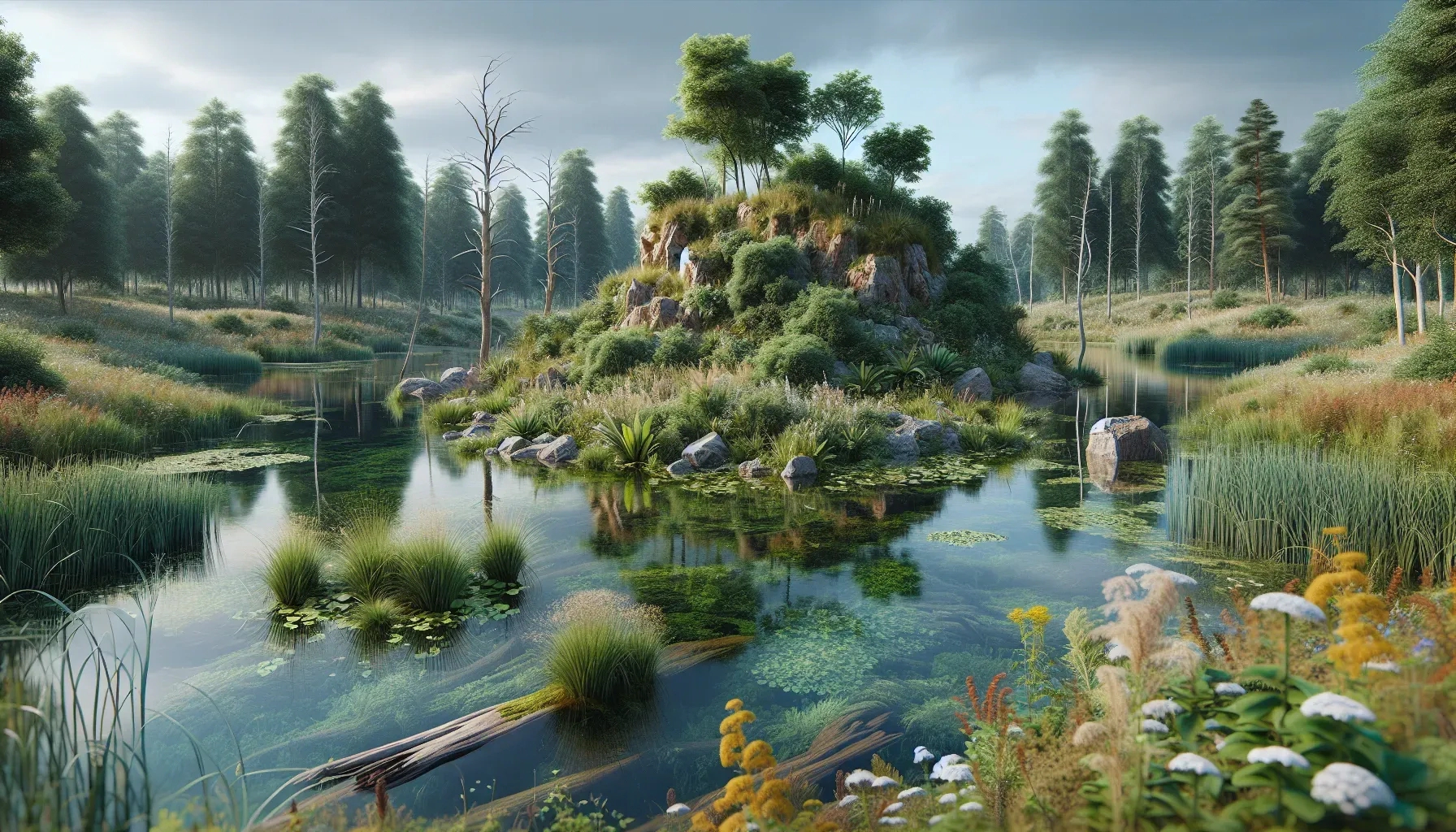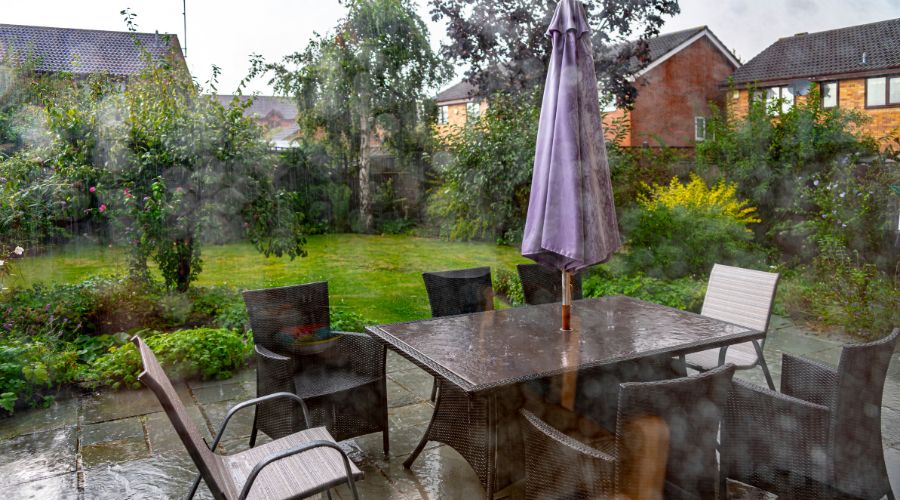Redesigning a garden is an exciting prospect, but it can also feel overwhelming if you’re not sure where to start.
If you’re considering redesigning your garden, you might not yet know how much planning goes into the design process.
You likely have a million questions, but fret not, as our guide is here to give you some garden design tips when you’re first getting started.
Garden design tips for beginners include, but are not limited to:
- Assess the space you have
- Spend time in your garden
- Determine your wants and needs
- Find a reputable garden designer
- Think about location
- Identify a focal point
1. Assess The Space You Have
The first garden design tip for beginners is to assess the space you have.
The average garden size for an English home is an estimated 225 square metres, but how much space you have to work with will largely depend on the location.
Whether you’re working with a small garden or a large garden will naturally impact what you can achieve with your garden design.
That said, take note of your garden’s shape, size, and existing features, such as any trees or garden sheds.
Moreover, you’ll want to consider any hardscape elements, such as paths and patios, that can influence your garden design.
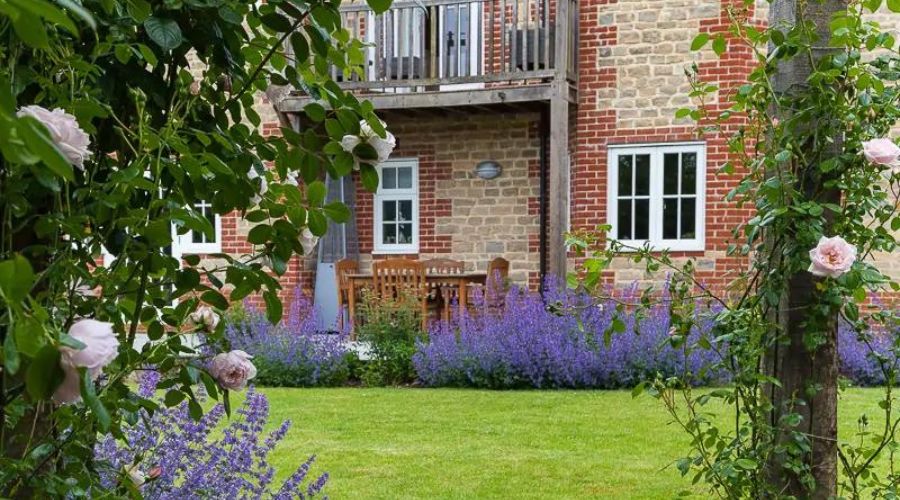
2. Spend Time In Your Garden
It might sound simple, but the next garden design tip is to spend as much time as you can in your garden.
This is especially important if you’ve only just moved into a house, as you won’t have a proper understanding of the garden itself, as well as crucial details, such as the sun pattern.
Coming to conclusions too quickly can result in you making the wrong decision choices that simply don’t work in the long run or aren’t suitable for your lifestyle.
Spending a sufficient amount of time in your garden is the only way to truly get a feel for your wants and needs, which nicely leads us to our next point.
3. Determine Your Wants & Needs
The next garden design tip is to determine your wants and needs.
Ask yourself: Why am I redesigning? Your goals will naturally inform the design you opt for.
Perhaps you want to create a tranquil garden oasis to reduce stress and improve your mental health, as research has shown that both gardening and using a garden to relax can improve health and well-being.
Alternatively, maybe it’s because you’d like to start growing your own vegetables, or you simply want to spend more time with your family outdoors.
Once you have determined what you want and need from your garden, you can look for design inspiration and ideas before finding the right garden designer for the project.
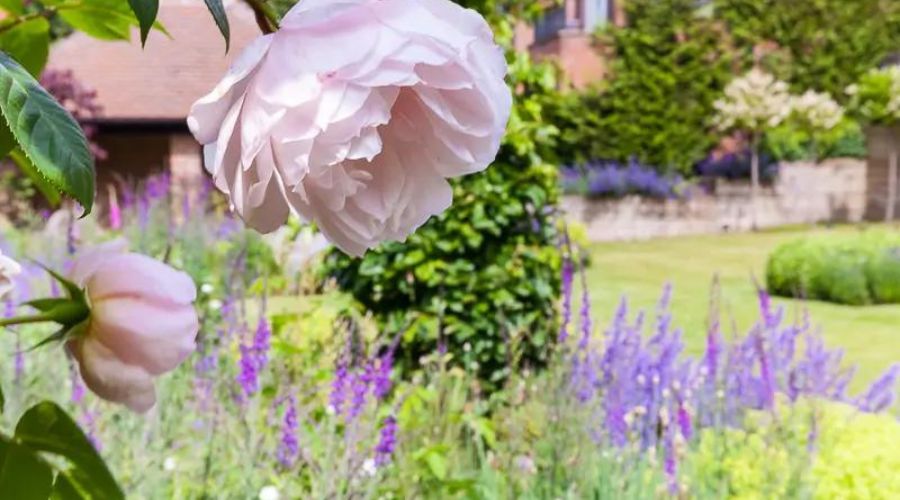
4. Find A Reputable Garden Designer
The right garden designer will take your vision of your dream garden and turn it into a reality.
As a beginner, it can be difficult to know who to hire, so ask for recommendations, do your research, and be sure to check reviews and testimonials to determine whether they’re the right fit for you.
If you’re planning a redesign of your garden, Raine Garden Design is here to help. We offer a comprehensive garden design consultancy to clients wishing to redesign their gardens.
Our experienced team will collaborate with you to transform your garden into the relaxing space you’ve always wanted.
Get in touch with a member of our team today to learn more.
5. Think About Location
The next garden design tip for beginners is to think about location.
Where are the sunspots in your garden? Where does it get windy?
Spending time in the garden during the spring and summer seasons is key to assessing the sun pattern, which will help you decide on certain plants and design features, such as where to place your new patio or eating area.
Additionally, studying the wind patterns will allow you to identify the best spots for incorporating a fire pit.
Your design will need to consider what the sun and wind do at different times of the day, emphasising the importance of spending as much time in your garden as possible before you make these choices.
6. Identify A Focal Point
Lastly, a garden design tip for beginners is to identify focal points in your garden.
For instance, this might be a sculpture, a fountain, bushes, or a seating area that helps draw the eye and create aesthetic appeal in your garden.
Alternatively, if you have the space for it, this might even be a swimming pool or outdoor barbecue area for family days in the garden.
Whatever your focal point or series of focal points, make sure that they are in line with the overall goal of your garden design.
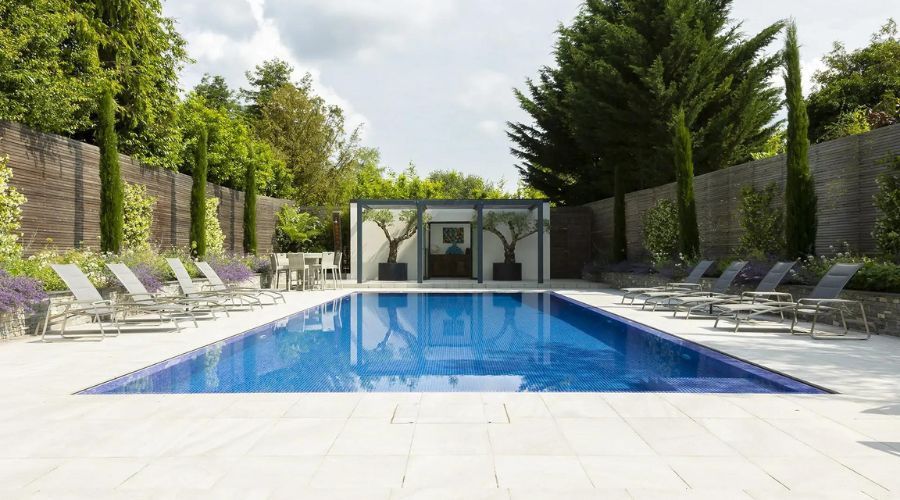
What Is The Best Time Of Year To Redesign A Garden?
In short, autumn and winter are the best times to plan a garden design, especially if you want to make the most of your new garden in the summer.
From selecting new plants to planning hardscaping features such as pathways and patios, a garden designer can help you make the most of the colder months and utilise them to your advantage.
This way, you can enjoy your new garden once the summer season rolls around again.
How We Can Help
At Raine Garden Design, our award-winning designer, Raine, has over 23 years of experience in landscape design and an in-depth understanding of the design and construction process.
To learn more about our garden design services at Raine Garden Design, get in touch at studio@rainegardendesign.co.uk or on 07702 042559.
Written by Jemima Thomas for Raine Garden Design.
